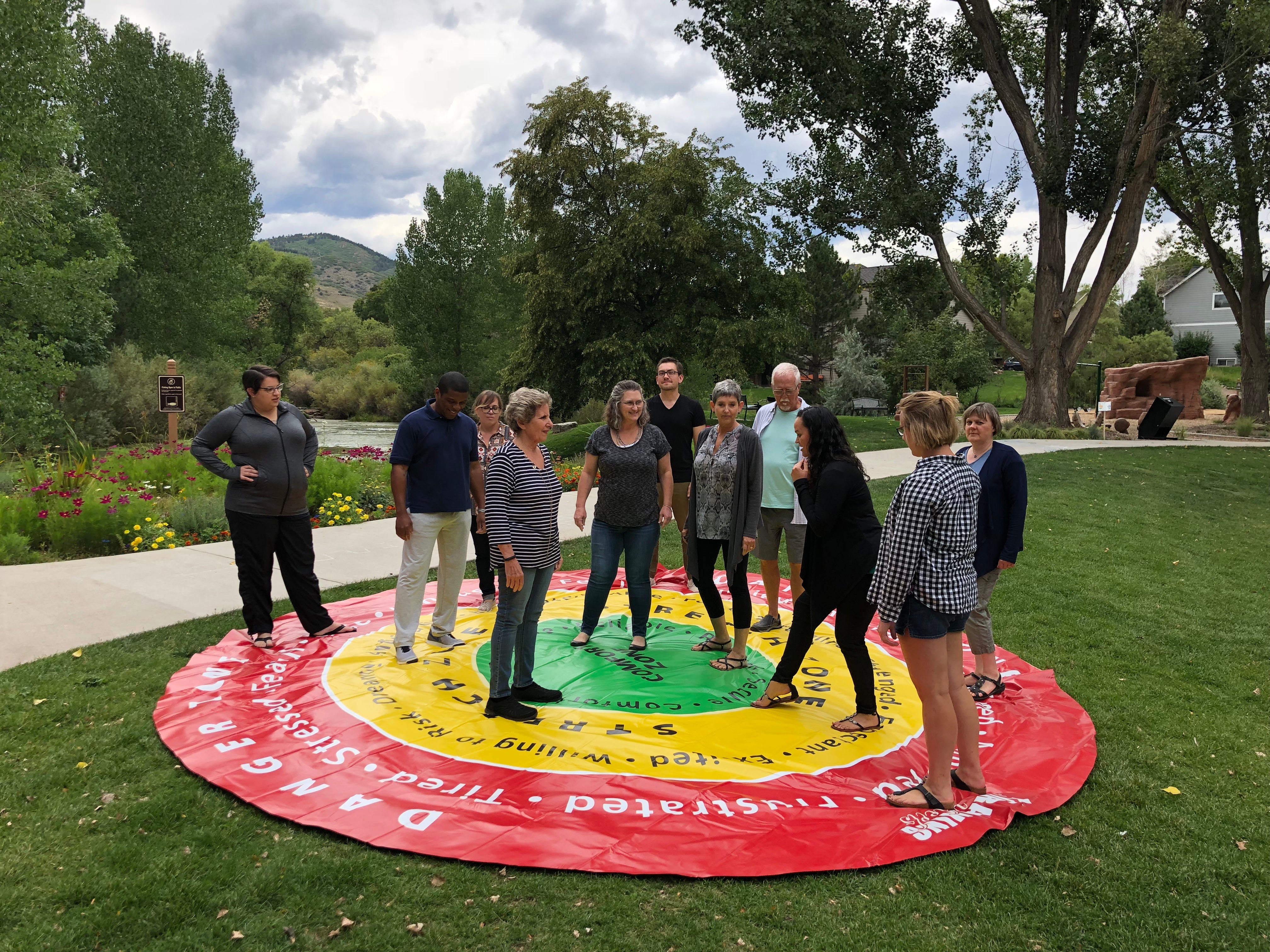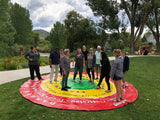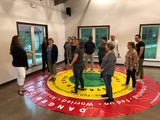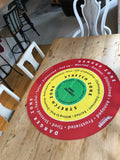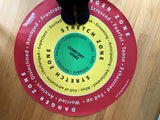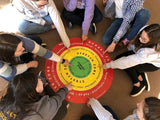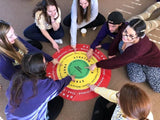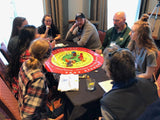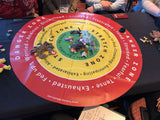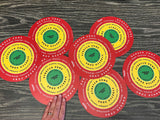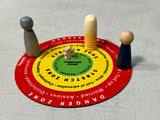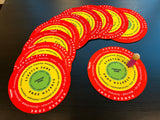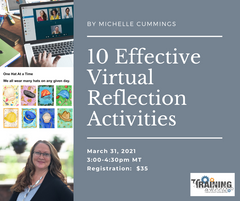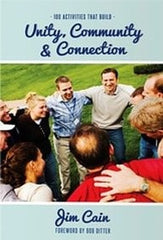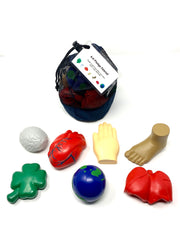Comfort Zone Bullseye
Check out this short video on how to use the Individual Comfort Zone Bullseye activity:
Comfort Zone Bullseye Activity: Understanding and Expanding Your Comfort Zones
Step into a transformative experience with the Comfort Zone Bullseye Activity, designed to help participants explore what it truly means to step outside their comfort zones and embrace new challenges. This interactive activity visually and physically demonstrates how comfort, stretch, and danger zones vary for each individual, fostering empathy and insightful group discussions.
Key Features:
-
Three Distinct Zones: Includes a large tarp or rope circles representing the Comfort Zone (safe and familiar), Stretch Zone (energizing and growth-oriented), and Danger Zone (overwhelming and paralyzing).
-
Versatile Models: Available in a large floor model (16 feet diameter), a tabletop model (3 feet diameter), and a 30-pack individual mousepad-sized set.
-
Engaging Scenario Cards: Laminated Physical and Emotional Risk Scenario Cards guide participants through relatable situations to place themselves in the appropriate zone.
-
Durable Materials: Made from billboard material, the tarp is weather-resistant and built to last.
-
Facilitator Script Included: Clear instructions and a script help facilitators guide participants through the activity and debrief effectively.
Why We Love It:
This activity creates a shared language around comfort and challenge, helping groups set expectations and boundaries early on. It encourages participants to recognize their own and others' varying tolerances, promoting understanding and support. The physical movement involved makes the learning memorable and impactful, perfect for workshops, retreats, and team-building sessions.
